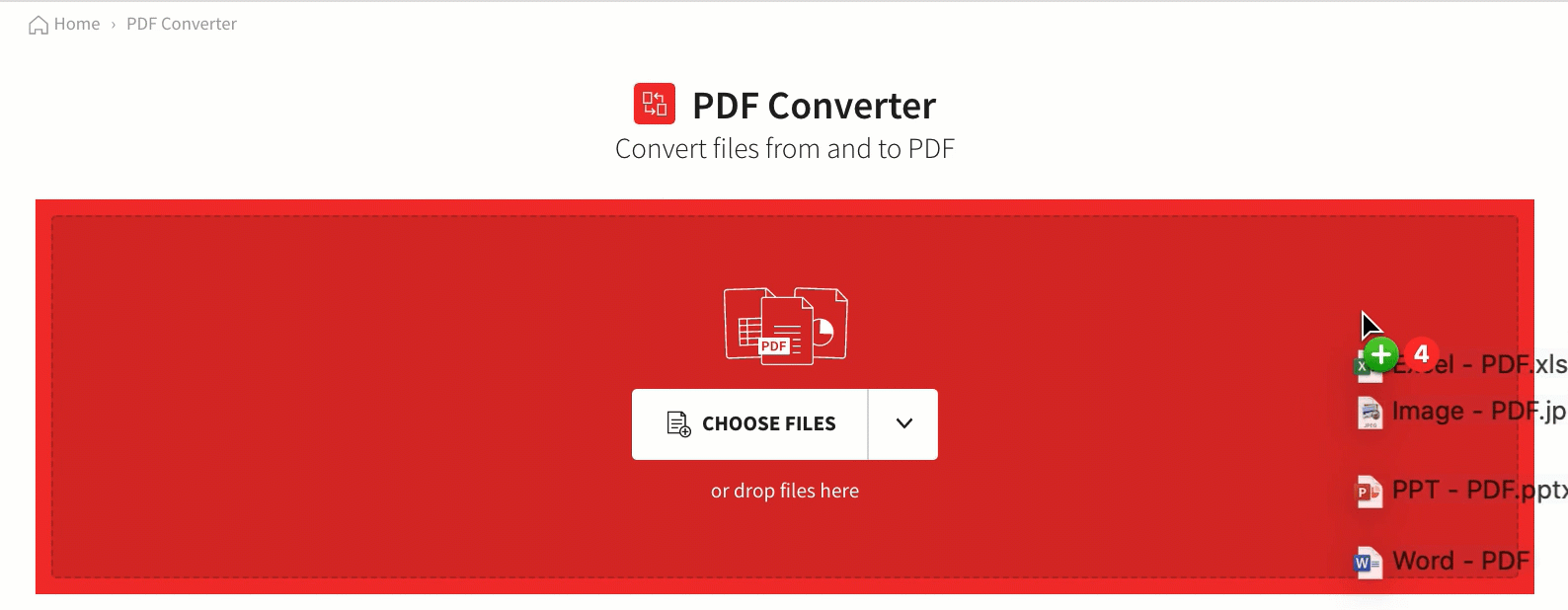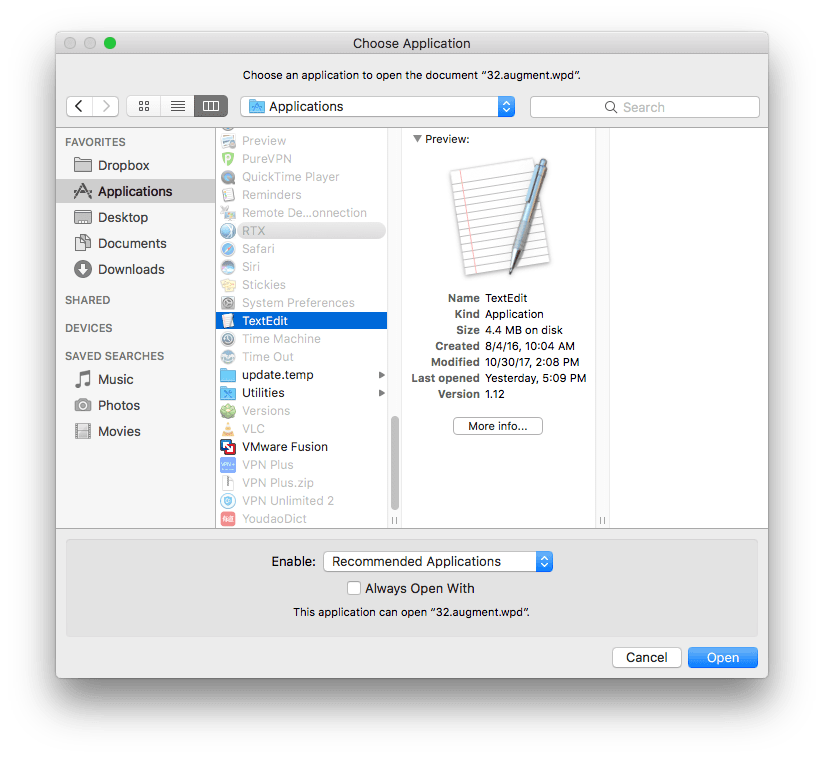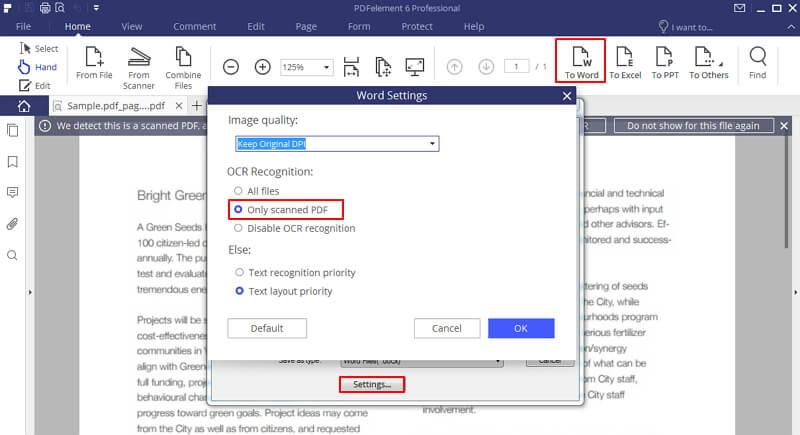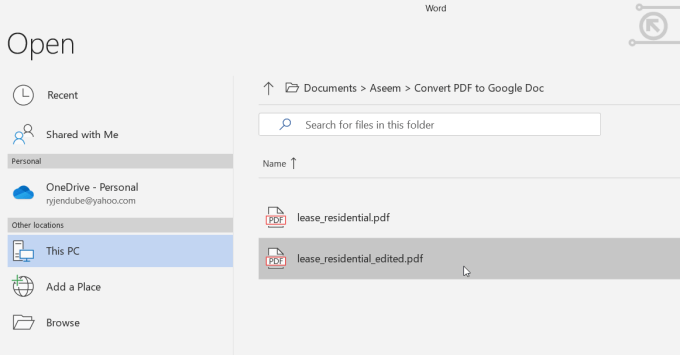

- #Convert pdf to word with formatting retained online portable#
- #Convert pdf to word with formatting retained online download#
All web browsers can easily open files in Portable Document Format for viewing and filling. Why do they do that?Įarlier, people needed to turn PDF into Word because they didn’t have Adobe Reader or its analogs on their devices and, as a result, no ability to view a received sample. It seems to be a little illogical, doesn't it? However, countless users all around the world export PDF to Word every day. If people usually start creating PDFs in Microsoft Word or Pages and don't build documents from scratch, why do they need a reverse conversion? This is undoing a fixed format. However, Adobe Systems created this format for viewing, not editing. Using this helpful format guarantees that all viewers will see the doc as you intended. People usually associate these concepts together because PDFs retain your files' layout the best, assuring that anyone that opens a file sees the same fonts and formatting. Maybe you've heard the 'Print to PDF' phrase and know that the Save to PDF option can often be found in the Print menu. This format was developed as an alternative to printing and was called an electronic printout. To save a DOCX document's appearance, people usually convert it to another file type. It depends on many factors, including a software’s version, installed fonts, image sources, etc. DOCX is not as strong as PDF is when it comes to file distortion and appearance. When you create and share a sample as an editable file, nobody can promise that the recipient will see the doc as you sent it. Word's major advantage is its ease of editing and its primary drawback at the same time. What we can see is DOCX is the best format ever developed right behind PDF, but it also has its pros and cons. Creating headings, tables, bulleted lists, adjusting formatting, inserting images and hyperlinks requires nothing but a few clicks. Many enjoy this processor because when you fill one page with texts or images, it automatically adds a new one, and you can continue filling it with different types of content. Word was primarily created for easy document creation and editing. This program was developed in early 1983 and quickly became, probably the most popular word processor in the world. Still, the process of creating almost any PDF starts with opening Microsoft Word.
#Convert pdf to word with formatting retained online download#
There are already more than 2.5 trillion PDFs in the world, and most documents and forms on the web you find and download are stored in this format. This ability makes the format one of the most commonly used file types. PDF saves the appearance of a file’s content independently of the device on which it is opened: the doc will look just as good on both the latest iPhone, your work laptop, or your granny's old desktop computer. Usually, people create files in Portable Document Format to preserve their content and keep others from changing them after sending them. Bonus: this class almost(!) gives you a tagged PDF that passes automated testing for tags (the fabled 508 compliance).What are PDFs and why do I need to convert PDF to DOCX? See for a demo of a class that gives you a file that can be converted with latex2rtf to. rtf are caused by optional packages and environments that are not supported. This is because a lot of problems with conversion from. As I wrote in Hide output, but maintain the cross-references, my solution has been to put a very tight cap on the packages that are used when creating a tex document that you know will be converted. rtf that then gets converted, rather than going through pandoc. I've had a fair amount of luck with going to word documents using latex2rtf to create an. If you are set on using pandoc, the simplest solution may be to just identify environments and packages that cause trouble - and then not use them, or just type the offending stuff directly in to MS Word. I gave up on pandoc for almost exactly the same reasons you listed. The tables are in their own separate tables.tex file, which I include using the \include$ The manuscript includes title page, figures, tables, equations (inline and in their own align environment), footnotes, bibliography, and an annex. The reason for having to convert to MS Word is I'm submitting the manuscript to an academic journal and they only accept MS Word (I know.)

tex file, and I need to convert it to MS Word.


I have a typical scientific manuscript in a LaTeX.


 0 kommentar(er)
0 kommentar(er)
